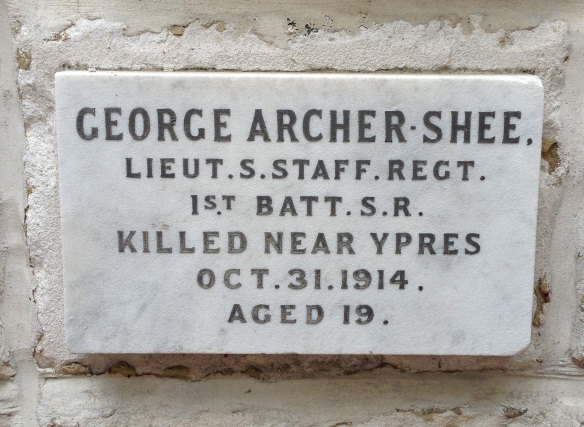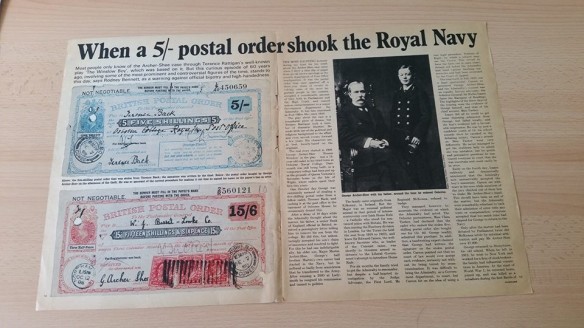The June edition of the Sir Walter St John’s School Magazine brought several updates about Old Boys who were serving with the Armed Forces, and also some obituaries. Updates included congratulations to Harold Eastman for his promotion to 1st Lieutenant with the 2nd Canadian Contingent – although he was wounded in three places a fortnight after his promotion. The Roll of Honour had three names on it, those of James Higgins, Reginald Spring and Frederick Keene, along with some additional information about Harvey Haysom, whose death was reported in the previous magazine.
James Higgins had left school in 1910 and gone to work for the Gas Light and Coke Company, joining the 12th London Regiment before the war in April 1914. He was wounded at Zonnibeke in May 1915 and during his convalescence visited the school in July that year, but died of blood poisoning in October 1915 in Calais. Reginald Spring was baldy wounded by a piece of shell in France in May 1916, dying the next day and the magazine says he was buried in the British Cemetery at Noyelles.
The lengthiest entry in the roll of honour was for Frederick Keene. He had not actually been with the Armed Forces, although the school felt that he merited inclusion as he had been leader of a troop of Boy Scouts who had volunteered for coastal patrol duty. Throughout the winter of 1914-15, Keene had camped with them and cycled to and from his daily work through all weathers, which led to his health failing and the illness of which he later died. His name was included as having given his life for King and Country “as truly as those who have fallen in the trenches or perished at sea!”.
The magazine also features the usual extracts from Old Boys letters, including one from A L Finding, stationed in Egypt “just by the Pyramids”, and referencing being at Gallipoli, another old boy, O D Anderson had also been in Egypt, although was writing having gone from there to Salonika. S T Rogers described having been in a sap which was only 25 yards from the Germans, and occasionally talking to them, including the Germans throwing over a letter from a French prisoner to send to his wife, and two German officers who wanted to know if “any of us had come from Cardiff, as they had been in business there for ten years”. Others seemed more focused on the weather in France, and the negotiations required for billets and food!
Sir Walter St John’s School Magazine, June 1916, ref: S17/2/6





